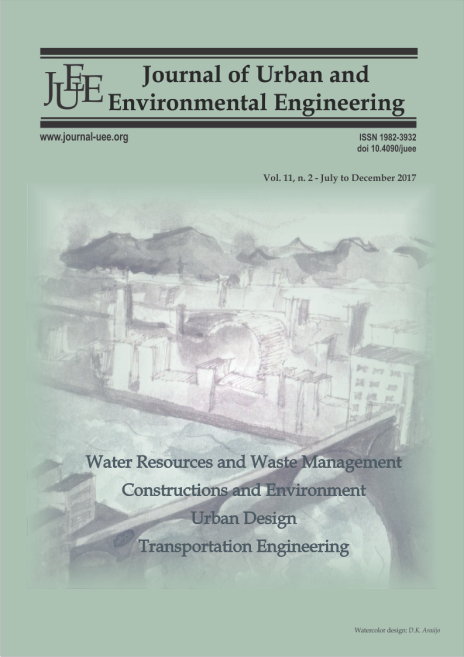THERMAL ANALYSIS OF URBAN LAND COVER USING AN UNMANED AERIAL VEHICLE (UAV) IN MEDELLIN, COLOMBIA
DOI:
https://doi.org/10.4090/juee.2017.v11n2.142-149Keywords:
Heat Island Effect, UAV, land surface temperature, MedellinAbstract
Thermal anomalies in built environments, known as Urban Heat Islands (UHI), are studied with satellite-derived data. However, this information is insufficient to examine regions such as the Aburra Valley, where the city of Medellin is located. In this valley, atmospheric interferences are common and the rugged terrain influences the amount of solar radiation reaching the surface, which hinders the analysis of the UHI. Unmanned Aerial Vehicles (UAVs) can be used to obtain the Land Surface Temperature (LST) at a time and location that is more convenient. In this project, a UAV was equipped with a thermal sensor to collect data on natural (ground vegetation and trees) and artificial (concrete, asphalt, and clay roof tiles) land cover types in Medellin, Colombia. The thermal information provided by the drone overcame the limitations of the satellite-derived data in terms of spatial, temporal, and radiometric resolution. This data enabled the study of specific land-cover types in different urban contexts, especially the influence of vegetation on LST. The findings suggested that the distribution of trees is crucial for UHI mitigation. Tree shading reduced the surface temperature of asphalt in average by 12 °C and by 5.7 °C for concrete. In addition, the presence of trees alongside streets reduced the maximum surface temperature of asphalt by 22.4 °C in the same neighborhood. These results contributed to the understanding of the influence of urban development on Medellin’s temperature.Downloads
Download data is not yet available.
Downloads
Published
2018-06-27
Issue
Section
Articles




